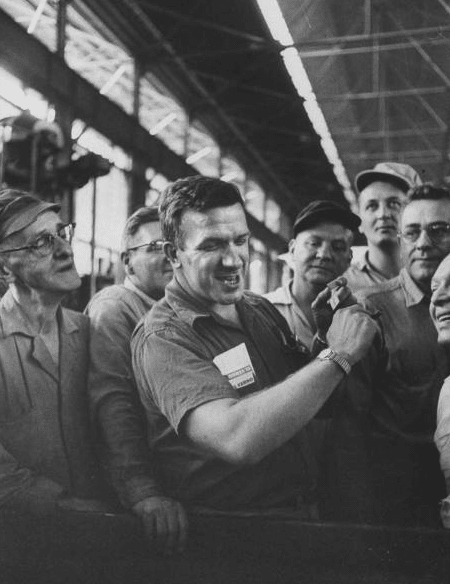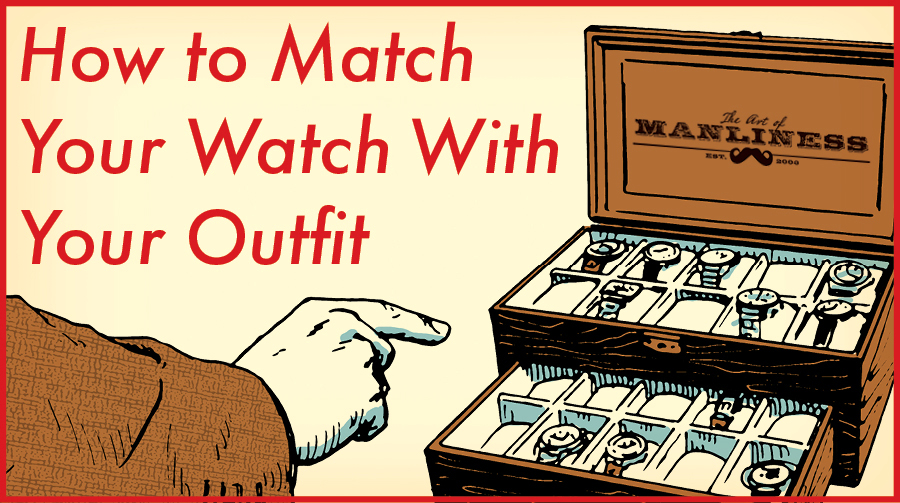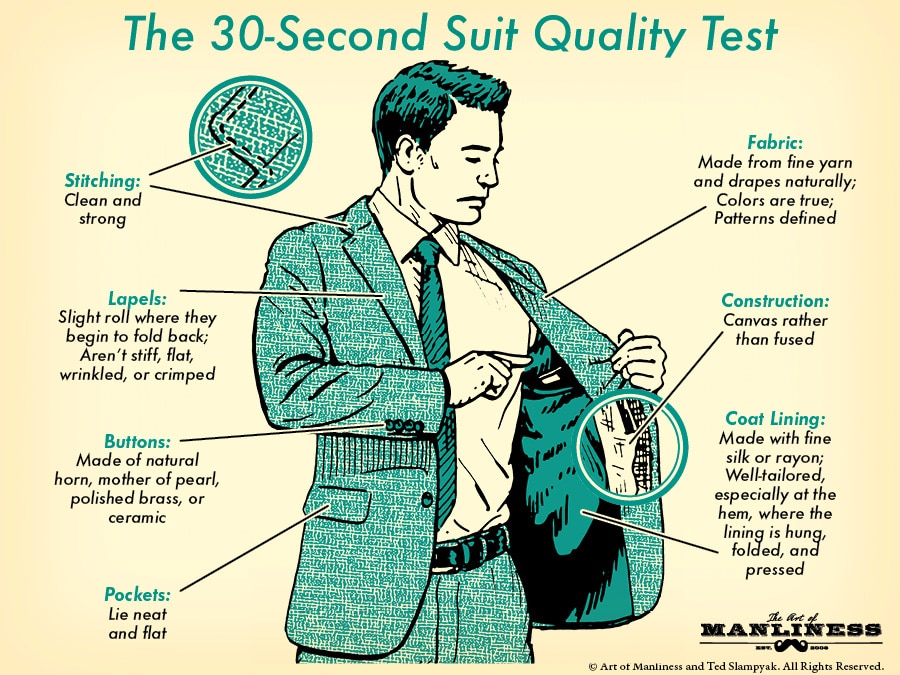
Editor’s Note: This is a guest post from Xiaoli Li. Mr.
My father and I never had a great relationship. He was gone a lot for work, for extended family, for a variety of reasons that don’t really matter. Conversations were distant and typically stilted. He hoped I would follow him into finance, so when I went for a Humanities degree, the gap between only us grew larger.
It was my Junior year at University, just before classes started, and it was unseasonably warm for September. Mom was back in the old country, and dad and I were coming home from dinner. He pulled the car into the Hart House parking lot. Putting the car into neutral, he told me there was something for me in the glove compartment. He said something about the distance between us and about about me growing up and how I was expected to take responsibility now as a man.
I reached inside the glove compartment and picked up a cold, hefty piece of metal. It was my late grandfather’s Rolex Speed King.
The Wristwatch
If you want to be academic about it, the watch is something of an engineering marvel. Watches have hundreds of minuscule parts, meticulously assembled by artisans who can trace their craft back to the watchmakers under Elizabeth, Peter, and Napoleon. Before the Great War, these artisans were focused on making pocket watches, a true gentleman’s accessory. But during the First World War, soldiers found that the small, easy to maintain wristwatches were an asset in the wet trenches. When the war ended, young well-dressed men wanted to emulate the gallant heroes of the war, and wristwatches became a must-have.
Today, however, watches are often neglected, and with the proliferation of cell phones, considered an outdated novelty to some. But a good watch is so much more than a timepiece – it’s an accessory for all occasions, it’s a status symbol, it’s an investment, and if you choose to pass yours on, it’s a legacy. For those of you who want to take their timepieces a bit more seriously, here are five sure signs of a quality watch.
Sign One: Weight
‘Heavy is good. Heavy is reliable. If it doesn’t work, you can always hit him with it.’ Guy Ritchie may have been talking about guns when he wrote that, but weight is a sign of reliability for watches, too. The truth is that a quality watch should feel like a quality watch. The components and pieces that make up a watch are extremely complex and take up a good deal of space and weight. When you put it on, it should feel like a real watch, and not a toy. We’re looking for something with a bit of heft behind it, so when you pass your watch down, your grandson won’t be asking where the rest of it is.
Sign Two: The Movement (The Sweep)
You’ve probably heard people go on and on about the “sweep” or talk about how top quality watches don’t make that tell-tale “tick-tock.” For all intents and purposes, these people are right. When you pick up a Cartier or Chopard, the tiny hand measuring the passage of seconds glides effortlessly, like a toothless hockey player. In actuality, all wristwatches tick-tock. However, in a true quality watch, the internal mechanism (the movement) is so finely tuned and so well constructed, that these ticks happen as often as nine times a second, producing a flawless sweep. This is the difference between a five-dollar movement and a movement costing hundreds of dollars.
Sign Three: The Name & The Tradition
As crass as it is, a watch with a name will go a lot father than a watch without one. Tradition, legends, and reputation go a long way to turning a regular watch into an extraordinary watch. For example, during the second World War, captured British officers had their wristwatches confiscated. When Rolex founder Hans Wildorf discovered this, he offered watches to Allied prisoners on an order-now, pay-when-you-win-the-war basis. Over 3,000 watches were shipped under this program, and Rolex’s reputation soared. A watch is something whose legend should outlive you, and it’s seriously unlikely that anybody at your funeral will be fighting over who gets your Casio.
Sign Four: Swiss Branding
Counterfeiting, globalization, and marketing have done their part to confuse and overwhelm the consumer, but the Swiss government has gone to great lengths to ensure that only watches meeting their stringent standards are branded as Swiss made. Legally, only clocks and watches whose movements are assembled, cased and inspected in Switzerland are allowed to carry the ‘Swiss Made’ branding. Those made using Swiss movements and assembled elsewhere carry the words ‘Swiss Movement’. While companies outside of Switzerland may carry strong watchmaking traditions of their own, the surest sign of quality and reliability are two simple words: ‘Swiss Made.’
Sign Five: Accuracy
As obvious as it is, a watch should be able to keep time reasonably well. While watches running on a quartz movement are kept accurate through the oscillation of a carefully cut quartz crystal, the less accurate mechanical watch is still the standard for luxury. These watches run on the precise movements of a complex series of gears and springs. Kept running through either the movement of a self-winding pendulum or a manually-wound mainspring, these watches inevitably lose seconds a day. The most precise watches in the world undergo rigorous testing, and are called chronometers. Swiss-made watches are tested by the Official Swiss Chronometer Testing Institute, and are accurate to within ten seconds daily. Certifications such as these can mean the difference between a watch that stands the rigors of time, and watches that your grandchildren will need to have serviced weekly.
Fakes
The sad reality is that a lot of these signs can be, and are faked. While legal precautions are in place to prevent people from forging watches and brands – quite frankly – the counterfeiter doesn’t care. The Malaysian gangster etching the words ‘SWISS MADE’ onto the face of a fake Rolex isn’t particularly scared of whatever legal precautions the EU has taken. It’s on you then, to be careful.
Buy only from reputable dealers, and get a trained watchmaker to inspect anything you have your doubts on. There are some men out there who don’t mind wearing a fake, if it’ll save them a few thousand dollars. But as someone who has compared the two, let me assure you that once the two are side by side, the difference is like night and day. The hands glide effortlessly across the face, the detailing is subtler and more refined, and the watch just feels right.
Have any tips on picking a quality watch? What sort of watch do you wear? Tell us in the comments!
Tags: Watches






